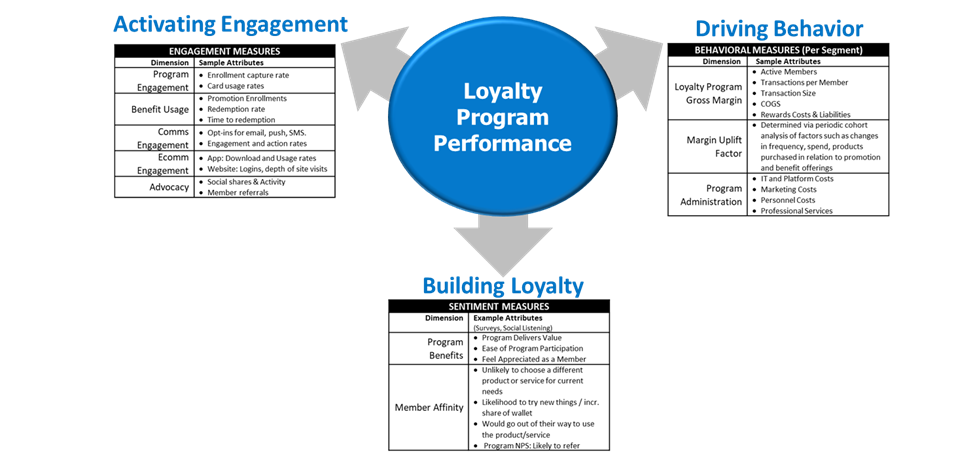CRM Loyalty Programs: IKEA Family
CRM Loyalty Programs take a softer approach to developing customer loyalty, avoiding points and other complicated...
The driver behind most loyalty program reviews is a general sense that the current loyalty benefits are not performing well. The opinion is usually formed from a patchwork of observations, for example churn is increasing, redemptions are decreasing, share of revenue is flat, or overall costs are escalating – just to name a few. This article provides an overview of the LoyaltyLevers Foundational Analysis, which provides a fact-based view of Loyalty program performance with loyalty KPI’s across the three crucial questions:
• Is the program activating engagement among the members?
• Driving profitable behavior?
• Building loyalty sentiment and an emotional connection?
The LoyaltyLevers Foundational Analysis is a key part of the Discovery process. You can find more information here on the full loyalty design process and how this critical piece fits in.
Any good design process always starts with a Discovery phase, and any good Discovery starts with the data. So, while stakeholder interviews are commencing and benchmarks are being developed for competitors and best practices, Data Analysts should be digging into a snapshot of historical program performance data.
The process begins with a historical data extract including transactional data, and all relevant digital data such as web logs, email performance, app data and the like. The beauty of developing a snapshot is that all the data sources need not be pre-connected, typically match keys can be developed to knit together the purpose-built data view. A secondary benefit is that, once the project is complete, the organization will understand the value of connecting new data sources and can prioritize which ones should be developed on an ongoing basis.
A critical piece of the analysis is understanding member sentiment – what is considered “true loyalty”. Once the behavioral and engagement data is assembled, a quick online survey with a standardized core of 7 questions can be fielded in a matter of days to complete the picture among a sampling of the membership.
The result is an integrated view of Loyalty Program metrics, with standardized measures across diverse KPI’s from Program Engagement to Benefit Usage, Margin Uplift to Member Affinity and ultimately Advocacy.

This three-dimensional view, made up of numerous granular diagnostic metrics, provides a means to evaluate current loyalty program performance overall.
Digging deeper, the analysis will reveal key behavioral and attitudinal segments, because the answer is almost always that the program is working well with some segments, and not at all with others. The game is to position the program towards the highest potential segments and implement strategies that will migrate more members towards the higher value segments with strategies tailored to each group.
Using the sample of members with all data elements complete, clustering is used to develop a member segmentation which identified similar groups based on the major dimensions of Engagement, Behavior, and Loyalty Sentiment. Arraying those segments across a traditional BCG matrix yields actionable strategic opportunities for each of the segments.
CRM Loyalty Programs take a softer approach to developing customer loyalty, avoiding points and other complicated...
As noted in Loyalty Measurement: C-Suite Needs a Balanced Scorecard, executives need a balanced presentation of...
Comments